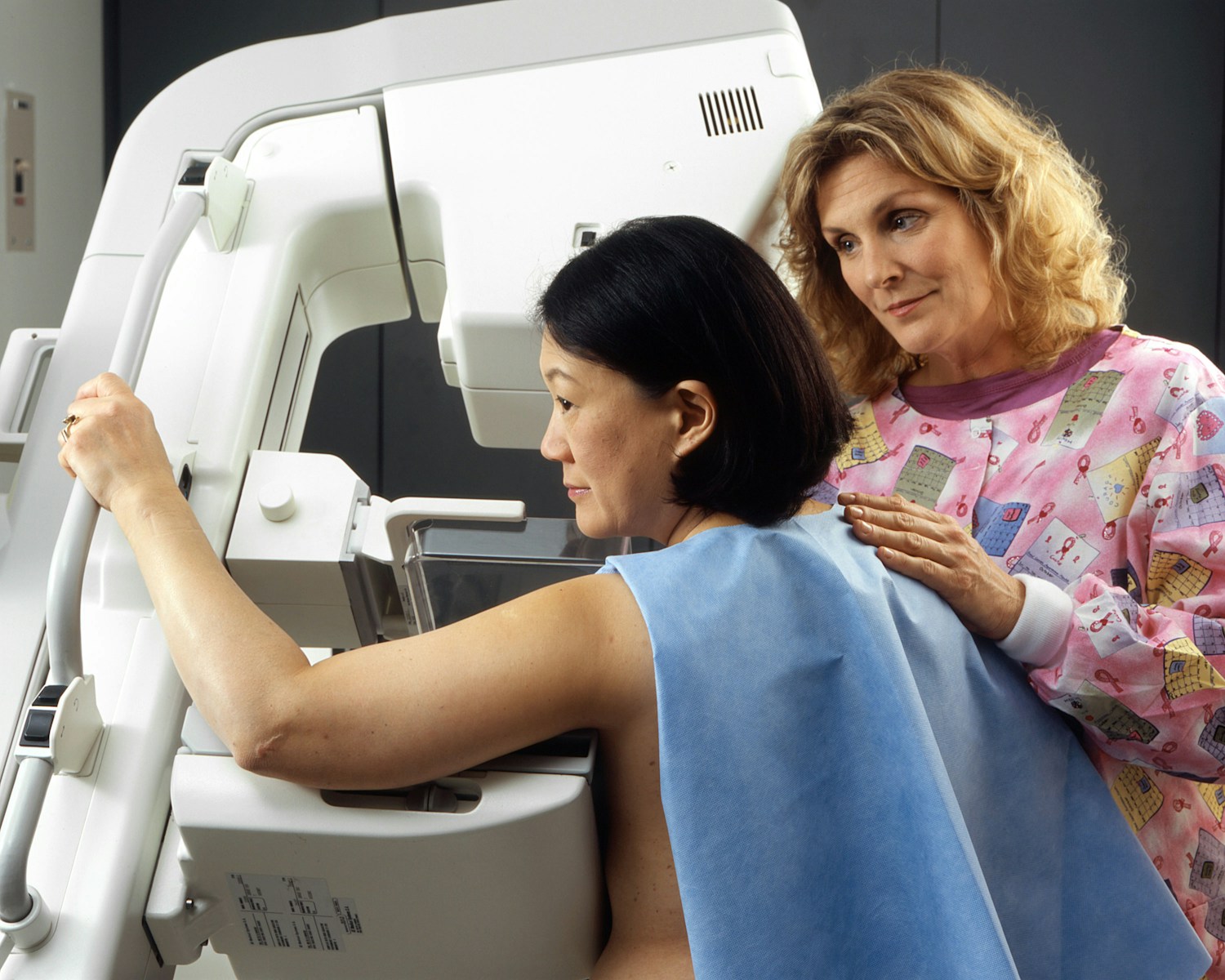In the realm of women’s health, one topic often takes centre stage—breast health. While discussions surrounding mammograms and clinical exams are common, self-breast checks are equally vital yet often overlooked. Implementing regular self-exams can lead to early detection of potential issues, significantly enhancing survival rates for conditions such as breast cancer.
Understanding the Importance of Breast Checks
Breast cancer is one of the most prevalent forms of cancer among women, affecting millions worldwide. According to the World Health Organization, early detection through screening and regular breast checks can lead to successful treatment outcomes. Here’s why making breast checks a part of your routine is crucial:
- Early Detection Saves Lives: Many women diagnosed with breast cancer have no family history or physical signs. Self-checks can reveal changes that might warrant medical attention.
- Empowerment: Regular self-exams enable women to become more attuned to their bodies and changes that may occur.
- Education: Women learn how their breasts normally feel, thereby making it easier to identify abnormalities.
How to Perform a Self-Breast Check
Performing a self-breast check is a straightforward process that takes only a few minutes. Below is a step-by-step guide to ensure you’re doing it correctly:
Step 1: Choose the Right Time
It’s best to perform your self-exam monthly, ideally a few days after your menstrual cycle ends when your breasts are less likely to be swollen and tender. If you no longer menstruate, choose a consistent day each month to perform the check.
Step 2: Inspect Your Breasts Visually
Stand in front of a mirror with your arms at your sides. Look for:
- Changes in Size or Shape: Both breasts should be similar in size and shape.
- Skin Changes: Check for dimpling, puckering, or redness on the skin.
- Nipple Changes: Observe if there is any discharge, inversion, or scaling around the nipple.
Step 3: Physically Examine Your Breasts
Using the pads of your fingers, follow these steps:
- Sectioning: Divide your breast into sections (top, middle, bottom) and examine each section thoroughly.
- Circular Motion: Start at the outer edge and move in a circular manner toward the nipple, applying different pressures.
- Pay Attention to Lumps: Identify any unexpected lumps or swelling. Note their size, shape, and consistency.
What to Look For
During your self-exam, keep an eye out for any unusual changes. Important signs that may require medical consultation include:
- Lumps: Feel for any hard knots or masses.
- Texture Changes: Any abnormal feel due to thickening or hardening should be noted.
- Pain: While not all breast lumps are painful, any persistent pain should be evaluated.
The Role of Professional Screenings
While self-breast checks are essential, they should not replace clinical breast exams or mammograms. Women over 40 should schedule annual mammograms, and those with a family history of breast cancer may consider earlier screenings. Here’s why professional evaluations are key:
- Expert Evaluation: Healthcare professionals are trained to identify changes that may not be noticeable in a self-exam.
- Advanced Imaging: Mammograms can detect tumours that are too small to be felt.
- Integrated Care: Regular check-ups allow for ongoing monitoring and personalized health strategies.
Developing a Healthy Breast Care Routine
Adopting a holistic approach to breast health goes beyond self-checks and mammograms. Here are additional strategies that contribute to overall wellness:
1. Maintain a Healthy Lifestyle
Your everyday choices significantly affect your health. To promote breast health, consider:
- Balanced Diet: Consume a diet rich in fruits, vegetables, and whole grains while limiting processed foods.
- Regular Exercise: Aim for at least 150 minutes of moderate aerobic activity per week.
- Avoiding Tobacco: Smoking is linked to numerous health problems, including breast cancer.
2. Stay Informed about Your Family History
Understanding your family health history can help guide your check-up schedule:
- Genetic Testing: If breast cancer runs in your family, discuss the pros and cons of genetic testing with your healthcare provider.
- Personal Risk Assessment: Your doctor can help you identify whether you require specialized monitoring or preventative measures.
3. Mental and Emotional Health
Women are more likely to care for their families than themselves, which can lead to neglecting personal health. Balance is crucial:
- Self-Care: Make time for relaxation and stress-relief activities.
- Support Systems: Connect with friends or support groups focused on women’s health for shared experiences and encouragement.
Our Thoughts On Regular Breast Checks
The importance of regular breast checks in women’s health cannot be overstated. Incorporating self-exams into your monthly routine allows you to take charge of your health and detect potential issues early on. Coupled with professional screenings and a healthy lifestyle, you’re better equipped to maintain optimal breast health.
As women, we owe it to ourselves to prioritize self-care. Make breast health a part of your regular health discussions. Share this knowledge with friends and family, ensuring more women are informed and proactive about their health. Remember, your health is your wealth.
The Importance of a Good-Fitting Bra: A Complete Guide for Women of All Ages
Every woman deserves to feel confident, supported, and comfortable, and the right bra can make all the difference in achieving that. Let’s face it, we’ve all been guilty of holding onto bras way longer than we should, or not taking the time to fit ourselves properly. But here’s the truth: a good-fitting bra isn’t just a fashion staple—it’s a game-changer for your confidence and comfort. Whether you’re 25 or 55, your lingerie drawer should reflect your current needs, body shape, and lifestyle.













